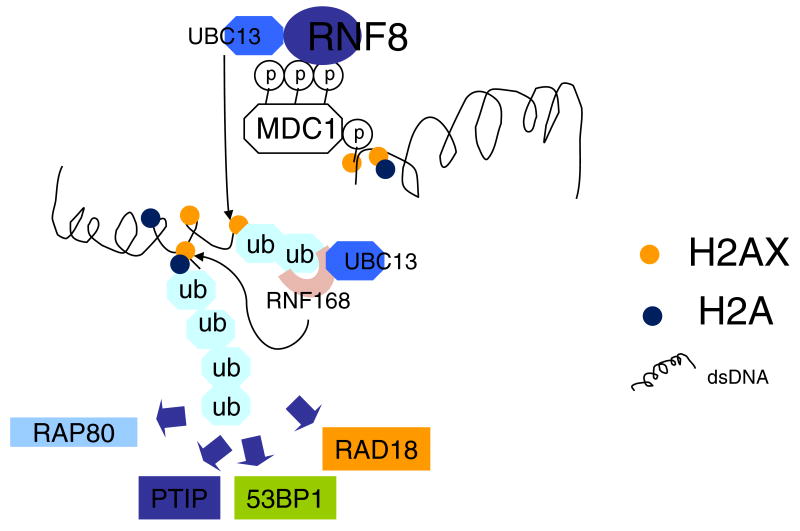Figure 2. Regulatory ubiquitylation-dependent signaling cascade involving RNF8 and RNF168.
Pictorial representation of the RNF8 and RNF168-mediated substrate ubiquitylation at DSBs to facilitate accumulation of various DNA damage checkpoint and repair proteins. DNA damage triggers the phosphorylation of the histone variant H2AX (orange) at the vicinity of DNA breaks, which in turn directly recruits MDC1 through its phospho-protein binding BRCT domain. Phosphorylated MDC1 then allows accumulation of the E3 ubiquitin ligase RNF8 (dark blue), which in concert with the E2 ubiquitin conjugating enzyme UBC13 (blue), mediates H2A-type histone ubiquitylation. RNF168 (pink) recognizes the RNF8-mediated ubiquitylated histone, and with UBC13, further amplifies the local ubiquitin environment, which is required for focal accumulation of downstream checkpoint and repair factors, including RAP80 (blue), 53BP1 (green), RAD18 (orange) and PTIP (dark blue). Whether histone H2A (dark blue) is poly-ubiquitylated by K63-linked ubiquitin chains remains to be determined. In addition, exactly how RNF168–UBC13-dependent substrate ubiquitylation mediates the recruitment of the downstream DNA damage responsive elements remains unclear. Ubiquitin: ub (light blue).

